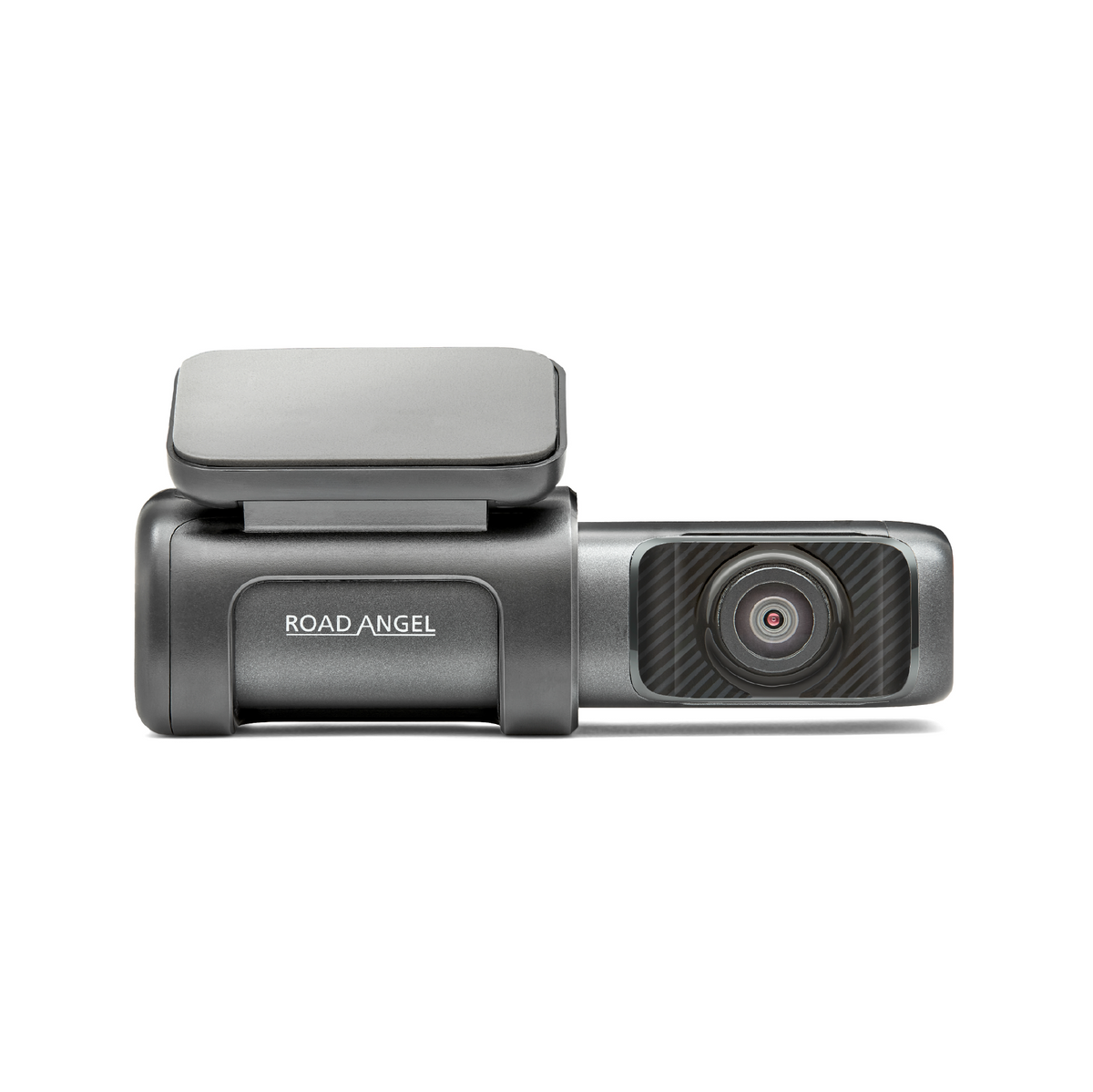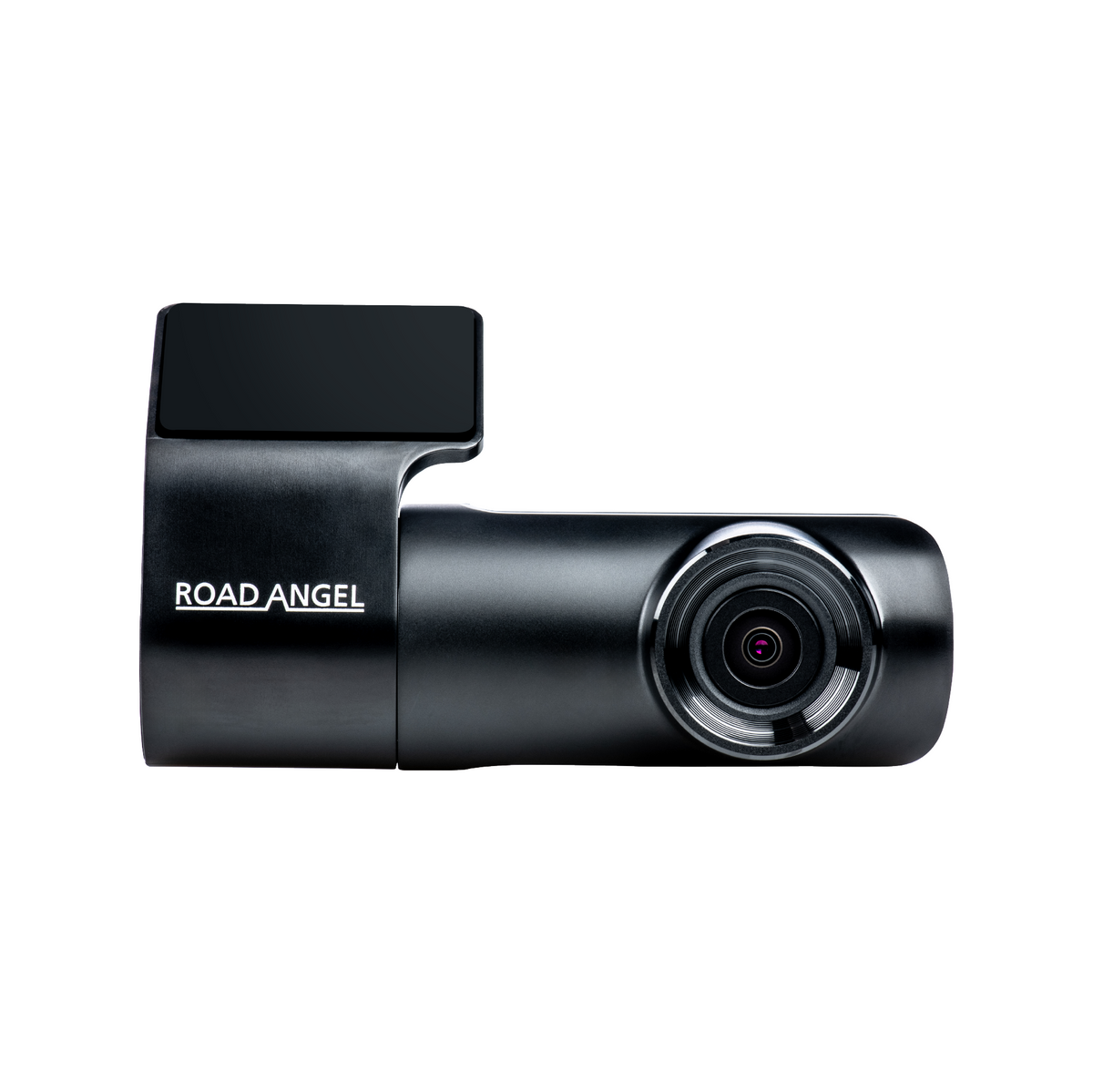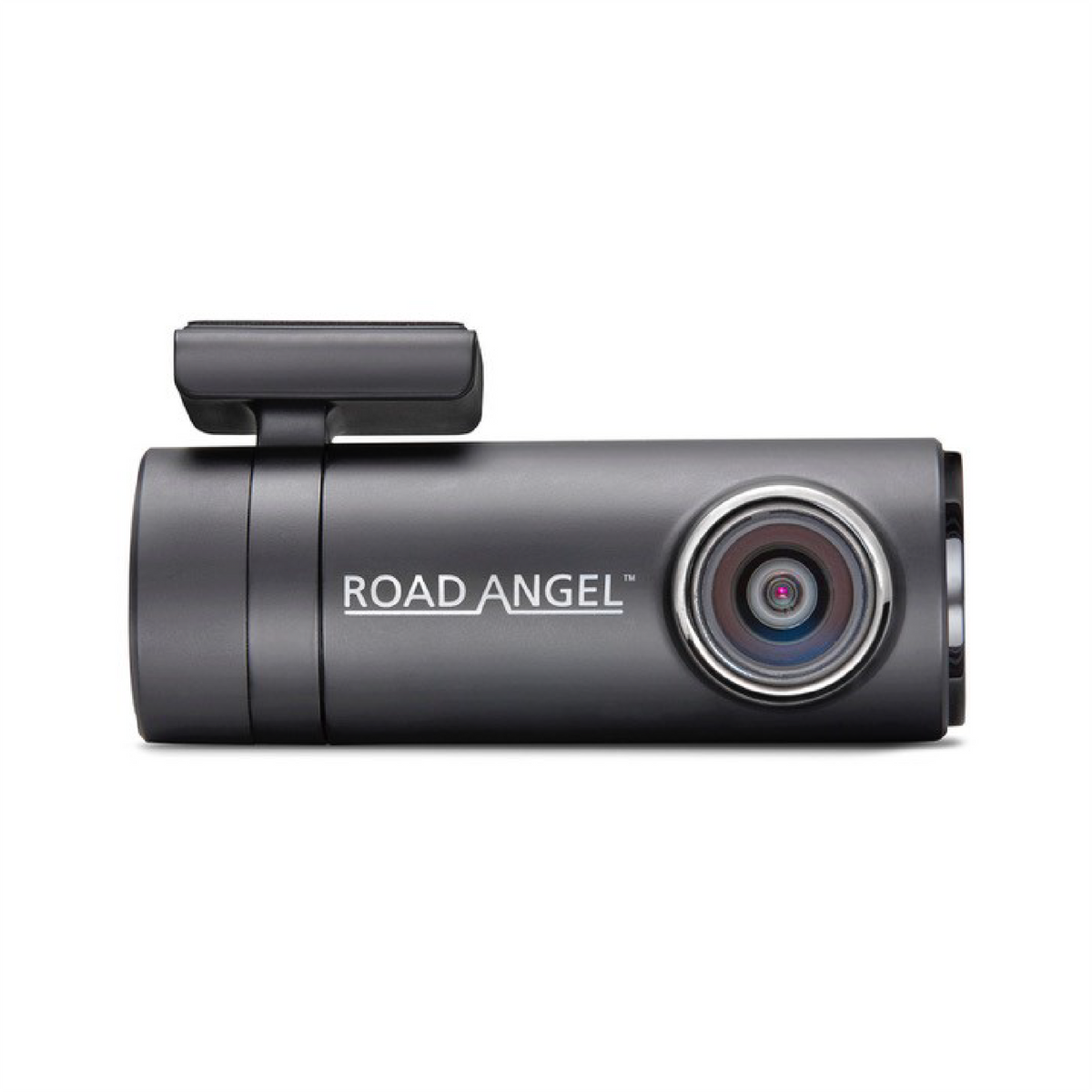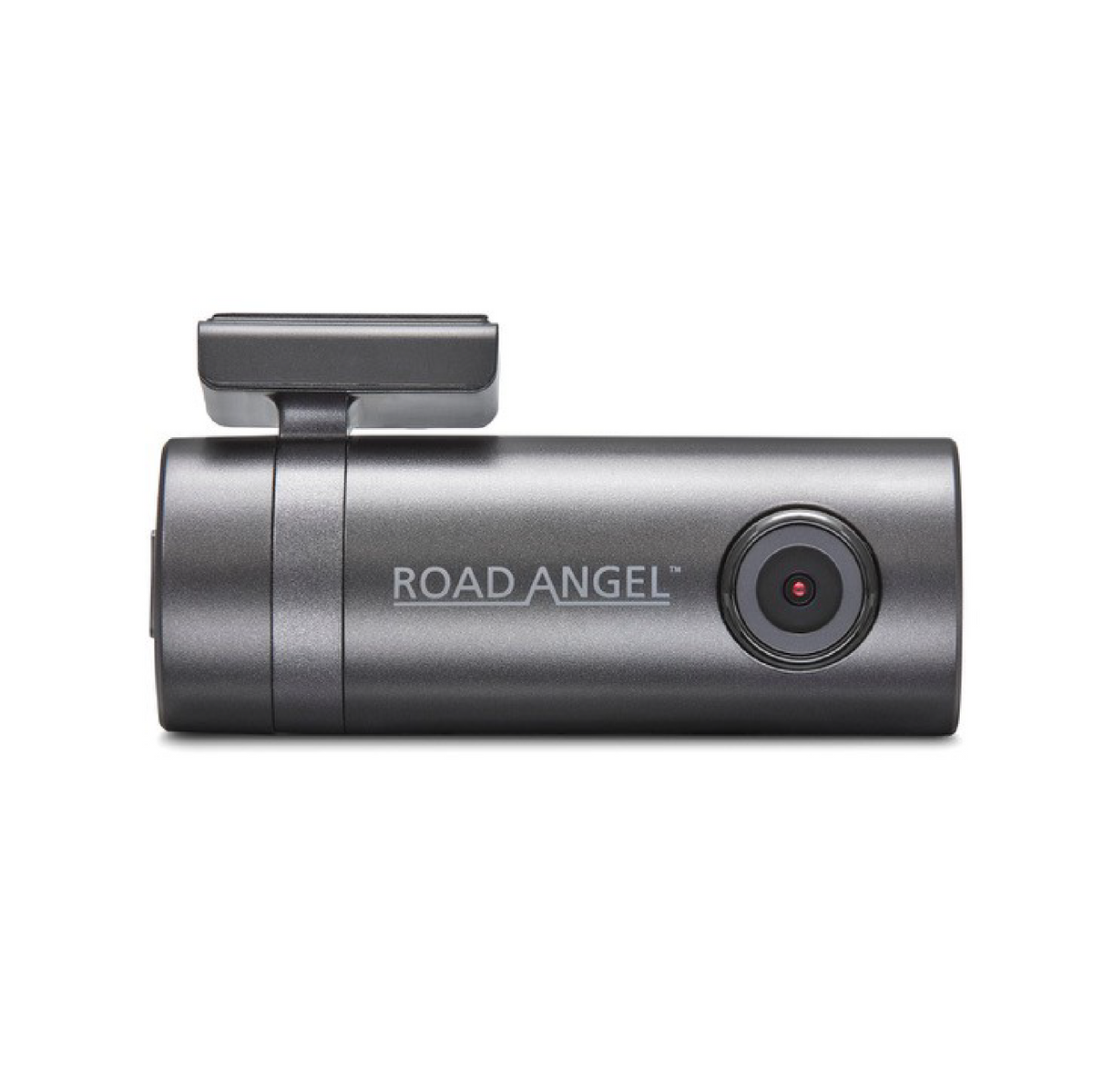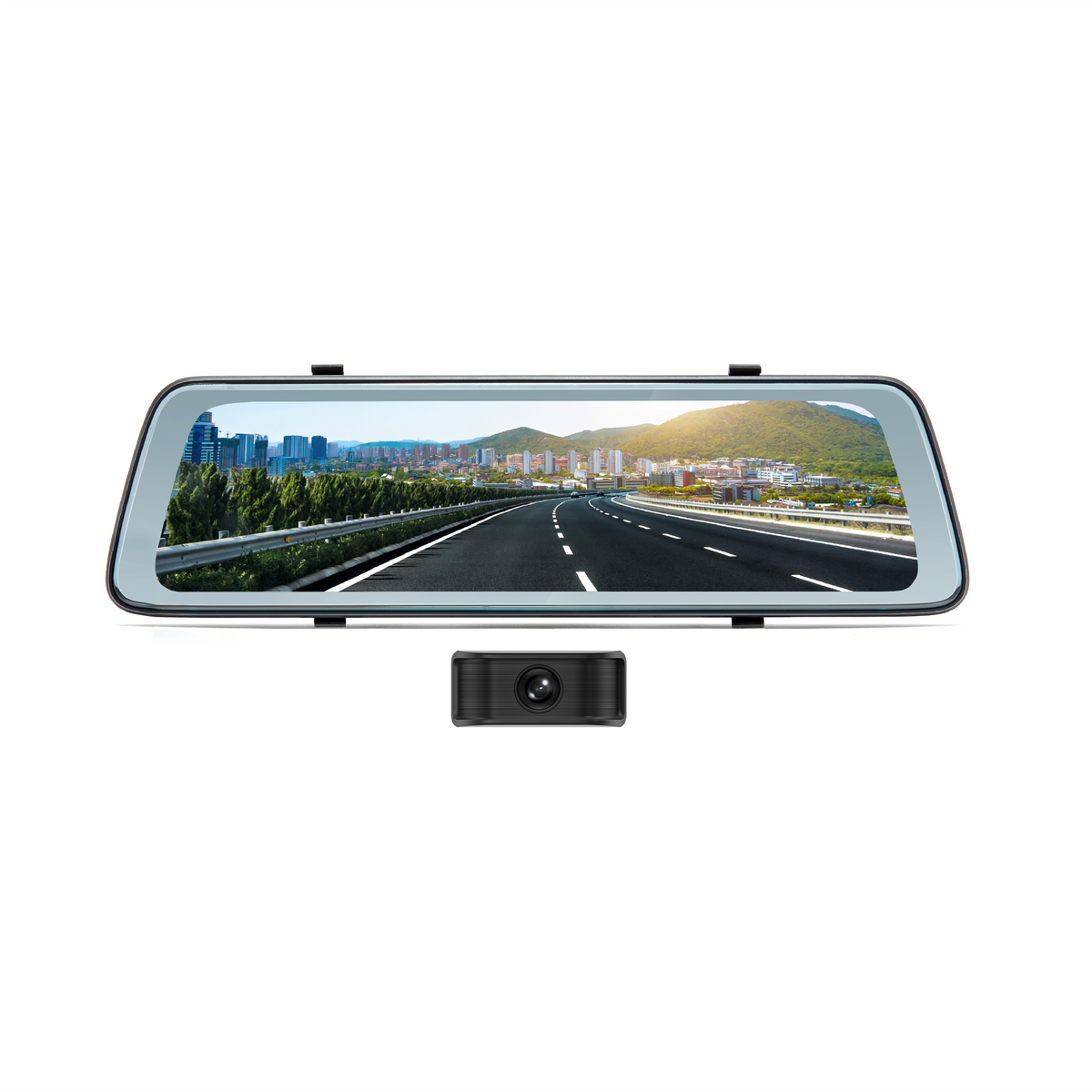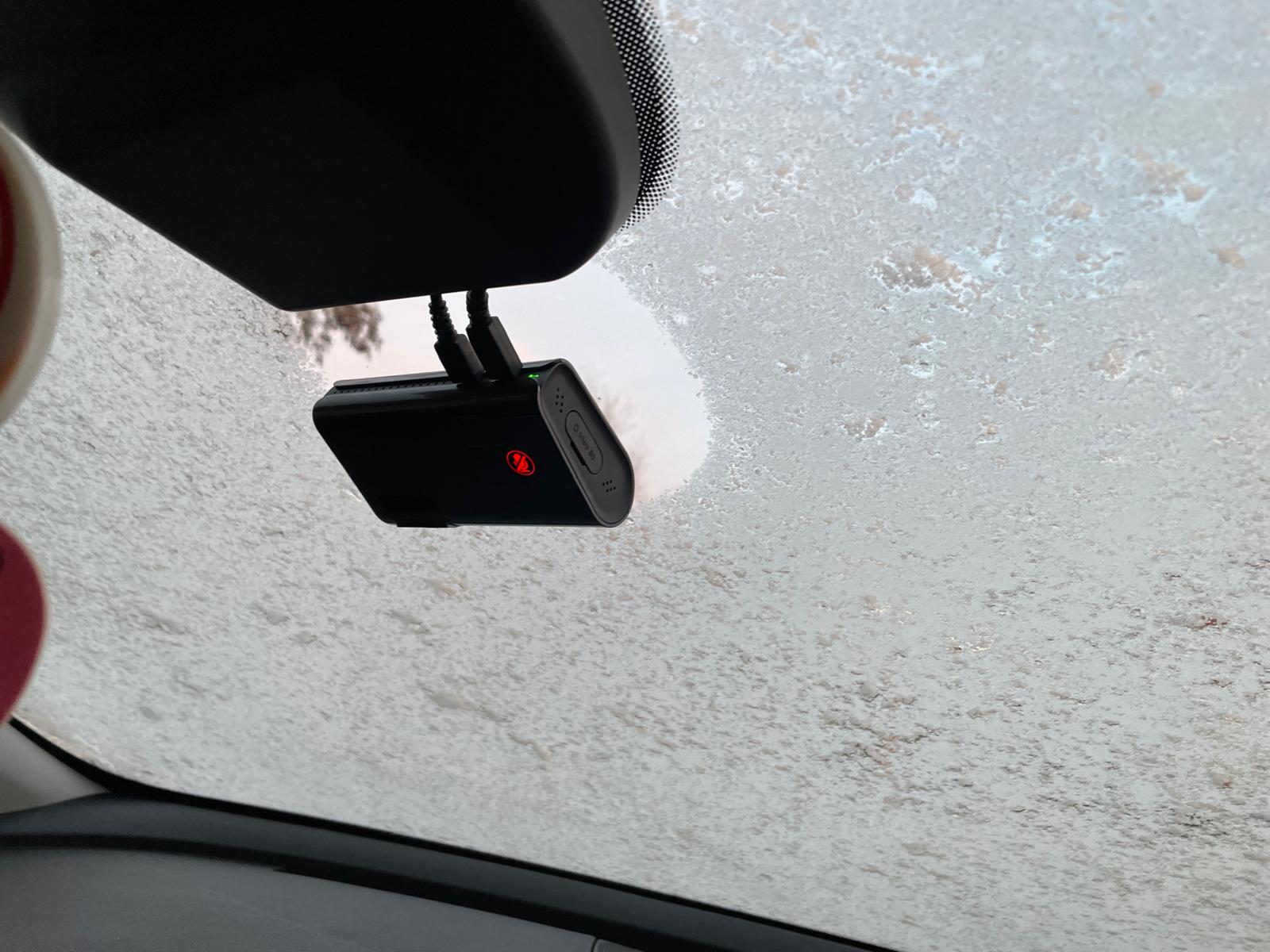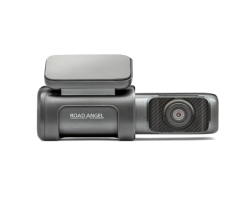Speeding is one of the main causes of road accidents and with 1 in 20 of us being issued a fixed penalty notice last year the latest government data suggests the problem is getting worse. But what can drivers do to reduce the risk of being in a speed-related accident and avoid being prosecuted for speeding offences?
This post explores the latest government speeding statistics for Great Britain before considering independent studies on why people speed and the steps people can take to empower themselves to stay safe on the roads and be on the right side of the law.
How many drivers speed in Great Britain?
The latest 2023 government speed compliance statistics for Great Britain show that a large percentage of drivers of all vehicle types break the speed limit.
In 2023, under free-flowing traffic conditions, 44% of car drivers exceeded the speed limit on 30 miles per hour (mph) roads compared to 9% on national speed limit single carriageway roads and 45% on motorways.
Over the longer term, the percentage of cars exceeding the speed limit decreased on 30 mph roads from an average of 55% from 2011 to 2015 to 50% from 2017 to 2023.
So while the trend is a decrease in the percentage of cars breaking the speed limit on UK roads, when given the chance to do so, half of all UK car drivers have been breaking the speed limit on 30 mph roads in recent years.
The picture is similar for Light Commercial Vehicles (LCV’s) with 45% speeding on 30 mph roads and 47% speeding on motorways in 2023.
How many drivers are being caught speeding in Great Britain?

The figures show that more fixed penalty notices are being issued, speed awareness courses attended, and court proceedings being started for speeding-related offences than ever before.
In 2022, 2.52 million drivers were issued with a fixed penalty notice for speeding offences, this is a 6% increase when compared to the previous year and an increase of 69% since 2011.
1.78 million drivers attended a speed awareness course in the UK in 2023, which is a 9% increase when compared to the previous year, and an increase of 131% since 2011.
So in a given year 1 in 20 British driving licence holders will receive a speeding ticket, be fined and have penalty points put on their licence, while 1 in 28 drivers will attend a speed awareness course.
The number of people who were proceeded against for more serious speeding offences by the Ministry of Justice and found guilty has nearly doubled from 110,000 in 2011 to 203,801 in 2023, just 12 years later.
Why are more drivers being caught speeding?
The figures show that a smaller percentage of motorists are speeding today than they were 10 years ago but that more people than ever are being caught speeding.
Technological developments have changed the way speeding offences are policed and prosecuted and in this ever-changing landscape, motorists have been struggling to understand and adapt to new speed restrictions and road layouts.
The first fixed-speed camera was installed in Britain in 1992 on the A316 in Twickenham. Set at 60mph in a 40mph speed limit zone, it caught 22,939 drivers exceeding 65 mph in 22 days.
Today there are around 7000 cameras across the UK’s road network acting both as a speeding deterrent and a tool to catch more motorists than ever before due to the sheer number of cameras on UK roads.
What reasons do people give for breaking the speed limit?
In a study conducted by the RAC in 2023, the top reason from respondents who admitted to exceeding the speed limit was “I drive according to the speed of other road users”, which was cited by 39% of motorway road users who admitted to breaking the speed limit.
So motorists are inclined to go with the flow even if it means breaking the speed limit as they feel a sense of security in doing what everyone else is.
1 in 4 respondents said they sped because they felt pressured by other drivers around them.
A similar number of people, 1 in 4, admitted to not looking at the speedometer enough on 30 mph roads, with drivers accidentally creeping above the limit rather than speeding deliberately.
This study shows that the primary drivers for people speeding are a lack of awareness of the speed they are doing and a disinclination to take personal responsibility for driving over the speed limit.
A motor vehicle can provide people with a sense of anonymity, insulating the driver from the outside world, making it more likely they will disregard other road users and the law.
How to avoid speeding
- Get the information you need to make informed decisions
- Take personal responsibility
- Allow enough time for the journey
- Don’t just go with the flow
In 2017, the London School of Economics conducted a study showing that an awareness of speed cameras nearby is enough for drivers to moderate speed.
Based on collision data before and after speed cameras were installed in 2500 locations in England, Wales and Scotland, the study showed that accidents within 500 metres of a speed camera fell by 17-39%, and fatalities by 58-68%, in the period between 1992 and 2016. The study noted a slight increase in accidents up to 1.5km away from the camera, but the overall rate was lower than before.
The study revealed that it is in the interests of the driver and all other road users to be aware of all speed cameras in the vicinity as this knowledge reduces the number of accidents as well as helping to avoid fines, points, bans and other speeding-related punishments.

We designed the Road Angel Pure to give drivers this awareness. The Pure features an advanced speed camera detection system to keep motorists aware of all speed cameras in the vicinity alongside live road speeds, giving motorists all the information they need to empower them to drive more safely.
Speed awareness devices aren’t there to cheat the system but are designed to work in tandem with it to educate and alert road users to what is a safe speed to drive on any road across Britain whether repeater signs are visible or not.
Paired with a dash cam equipped with ADAS technology such as the Road Angel Halo Ultra, drivers can also be made aware of pedestrians, vehicle proximity, lane departure violations and other potential hazards for improved safety.
As more cars are fitted with dash cams capable of recording GPS data and telematic information including detailed analysis of speed, acceleration, braking and cornering, driver anonymity will be reduced allowing for greater transparency of how people are driving including what speed they are doing.
Key takeaways
- Speeding is one of the biggest causes of accidents and fatalities in the UK and worldwide.
- Nearly half of all drivers will break the speed limit in free-flowing traffic conditions despite the number of fixed penalty notices and prosecutions almost doubling in recent years.
- A major reason cited for speeding is not having enough awareness of the speed limit on the road and the speed a driver is doing.
- Awareness of speed cameras in the vicinity reduces the risk of accidents.
- Having live speed camera location and road speed information all in one place within a driver’s line of sight will empower drivers to avoid speeding, reducing the risk of accidents and prosecution.







